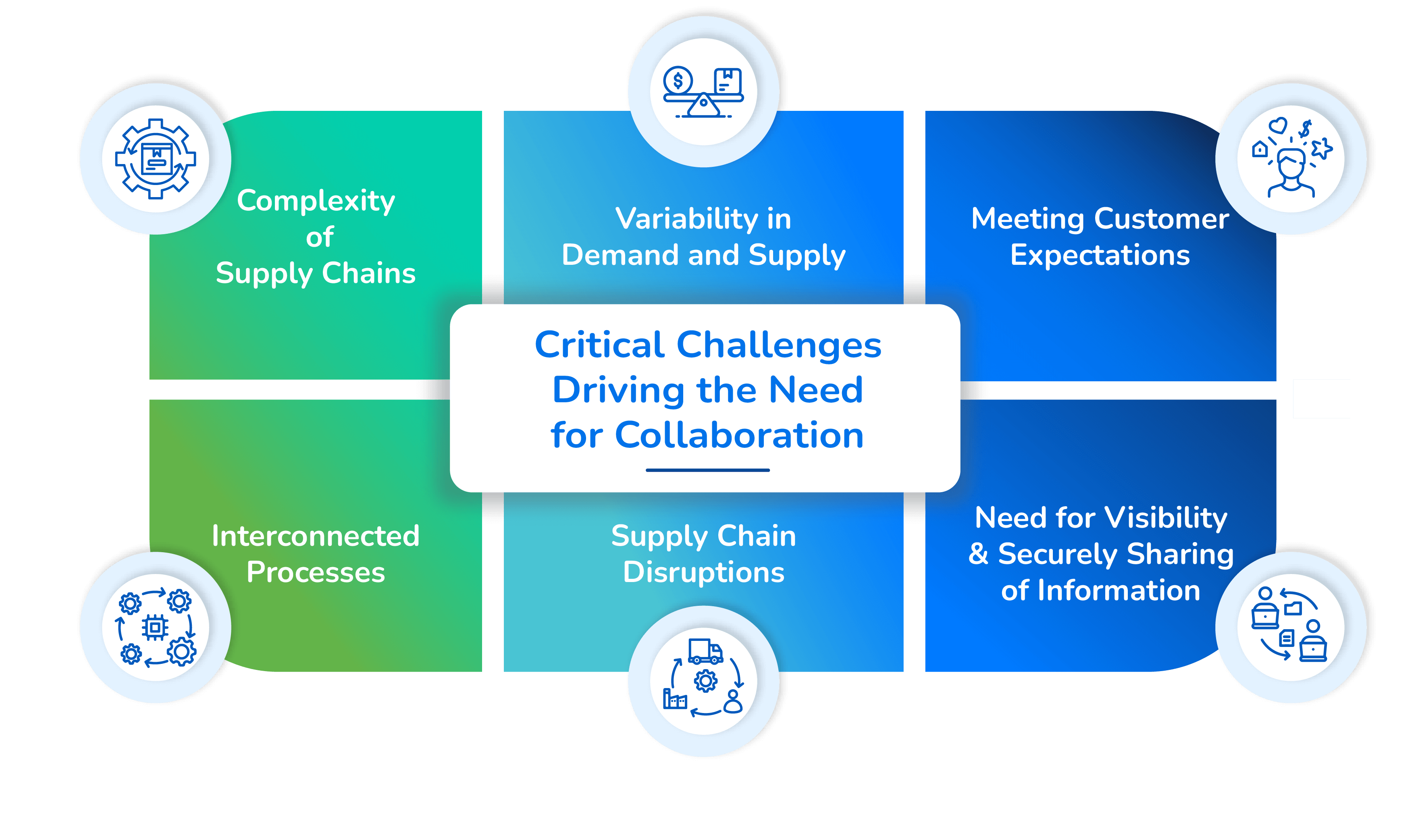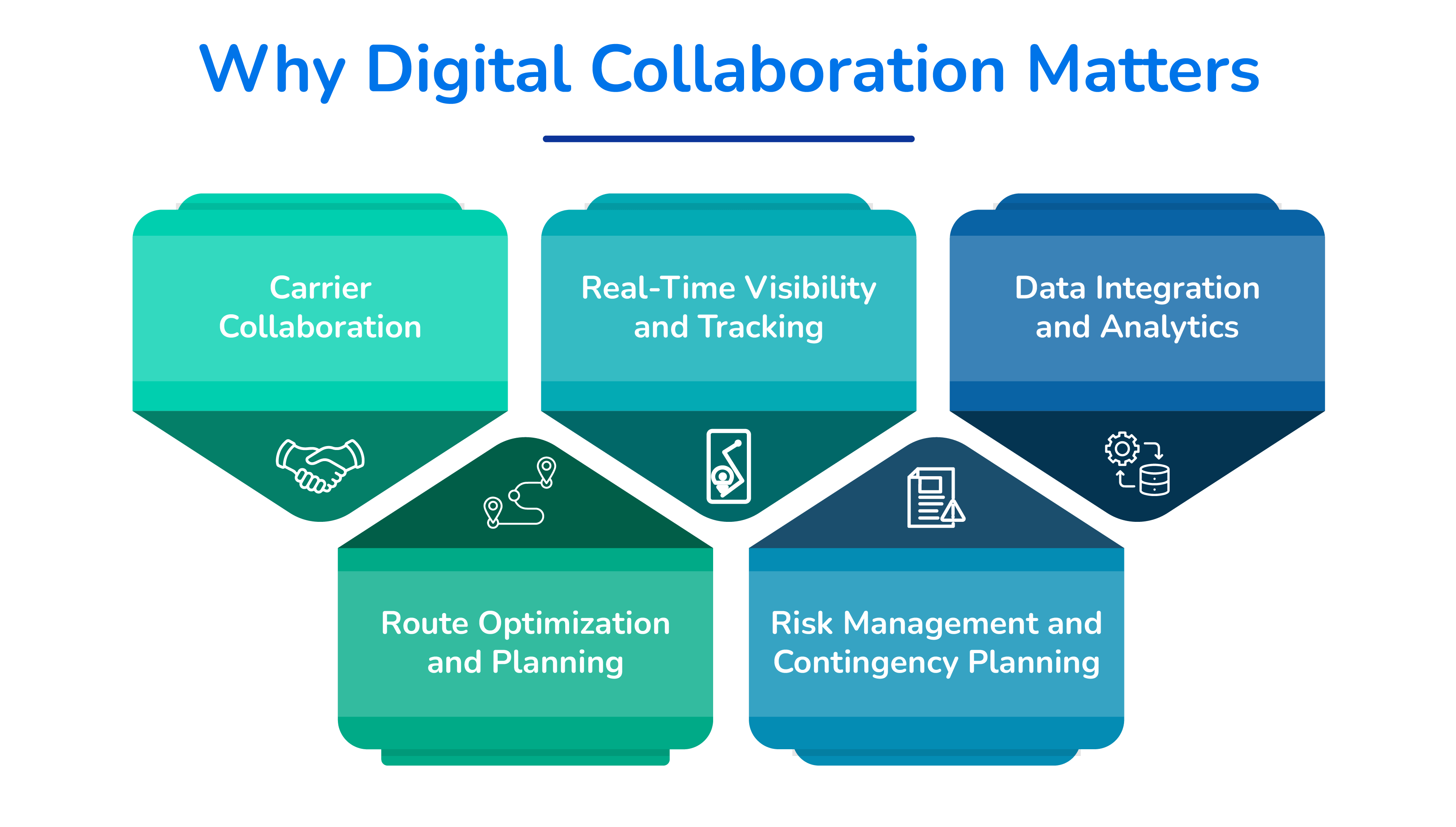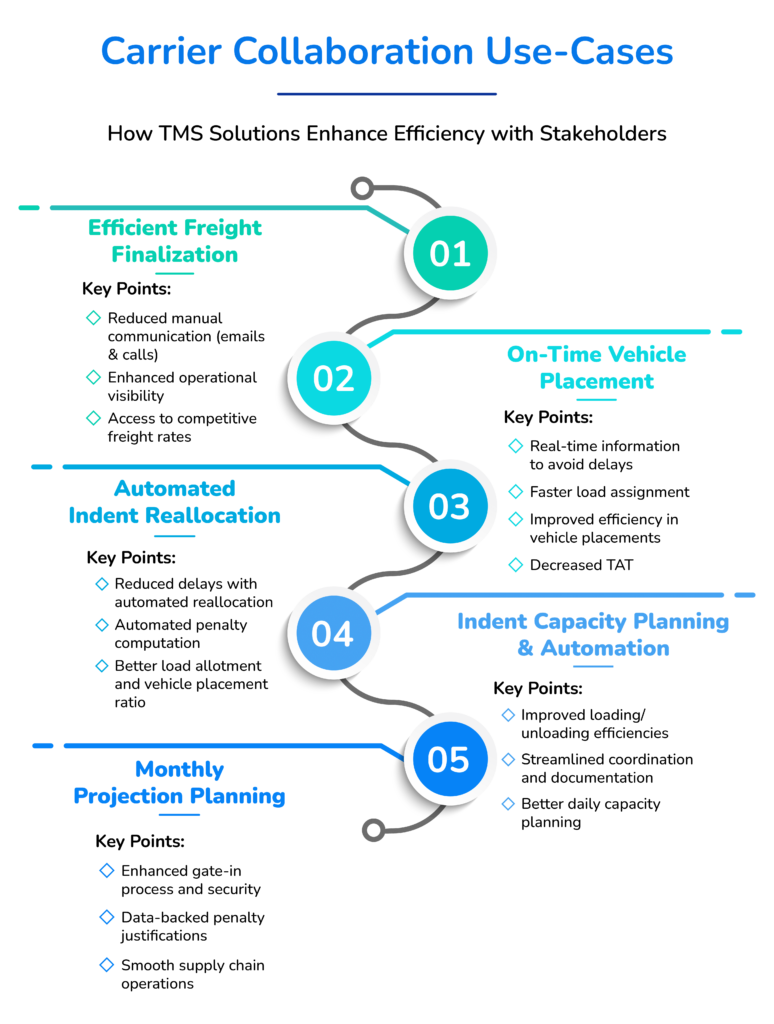
NACL, a Leading Agrochemical Company, Achieves 100% Transparency Across 4 Plants and Reduces Freight Costs by 3-4%
Case Study NACL, a Leading Agrochemical Company, Achieves 100% Transparency Across 4 Plants and Reduces

Case Study NACL, a Leading Agrochemical Company, Achieves 100% Transparency Across 4 Plants and Reduces

Table of Content: Imagine this—you’ve finalized a critical shipment of transformers and switchgear for an upcoming project, but
Operational agility and resilience are critical for driving sustained growth across all industries. As businesses strive for greater efficiency, they are increasingly focusing on creating interconnected ecosystems that foster collaboration across every stage of operation — from procurement to distribution, and everything in between.
The modern supply chain extends far beyond logistics. It encompasses a vast network of internal and external stakeholders, including procurement teams, finance, sales, plant operations, distributors, and service providers. These stakeholders collaborate and share data to drive efficiency, reduce costs, and ensure the organization can rapidly respond to market changes. Multi-enterprise collaboration is becoming the foundation of this interconnected ecosystem, enabling organizations to not only improve operational efficiencies but also achieve broader business goals like innovation, customer satisfaction, and financial growth.
Multi-enterprise collaboration is the effective integration and communication across multiple organizations within the business ecosystem. This collaboration occurs on a unified platform where stakeholders – both internal teams (procurement, finance, sales) and external partners (vendors, suppliers, distributors) – can connect, share real-time data, and work toward common business objectives. By enabling faster information flow, improved coordination, and collaborative decision-making, this model transforms how companies operate, moving them toward greater innovation, agility, and sustained success.
A Capgemini report titled “The Digital Supply Chain’s Missing Link” found that nearly 60% of organizations face challenges in scaling due to insufficient collaboration within their supply chains. These inefficiencies impact not only logistics but also broader business functions, leading to:

52% of enterprises believe improving internal and external logistics collaboration is an actionable strategy to prevent inherent risks.
Modern supply chains are complex networks involving multiple stakeholders, including suppliers, manufacturers, distributors, carriers, and retailers. Coordinating activities and information flow across these diverse entities can be challenging, requiring collaboration to ensure seamless operations.
Logistics and transportation involve interconnected processes, such as procurement, inventory management, order fulfillment, distribution, and settlement. Each of these processes may be managed by different internal teams and/or external organizations within the supply chain, necessitating collaboration to keep things running smoothly and efficiently.
Fluctuations in demand and supply can impact the availability of resources, transportation capacity, and inventory levels. Collaborative planning and forecasting between partners can help mitigate the effects of variability, ensuring that the right products are available at the right time and place.
Disruptions such as natural disasters, geopolitical events, or supplier or vendor issues can disrupt the flow of goods and impact delivery schedules. Collaborative relationships built on trust and communication enable partners to work together to identify alternative solutions, minimize disruptions, and maintain business continuity.
Today’s customers have high expectations for speed, reliability, and visibility throughout the supply chain. Collaborative efforts are needed to meet these expectations by improving delivery times, providing real-time tracking information, accurate delivery confirmations, and ensuring product quality and consistency.
Timely and secure sharing of accurate information is crucial for effective logistics and transportation management. However, siloed systems and data fragmentation can hinder visibility into inventory levels, shipment statuses, and demand forecasts.
Over time, the supply chain has evolved from an isolated, one-way communication model to a more interconnected and collaborative system. Solutions based on the Multi-Enterprise Collaboration Network (MECN) are now enhancing supply chains and helping businesses achieve their logistics growth and sustainability objectives.

Needless to say, collaboration is critical to the success of the modern supply chain. Collaborations with internal teams and external enterprises, powered by a Transport Management System (TMS) can stir logistics efficiency across all stakeholders. TMS solutions enable a single-window collaboration by providing secure access to external enterprises to improve freight procurement, vehicle placement efficiency, communication, risk mitigation, decision-making, transparency, and stakeholder relationships. It facilitates real-time visibility and multi-channel alerts to notify stakeholders, ensuring better control and timely action.
Embrace advanced supply chain management systems, such as Transportation Management Systems (TMS), to streamline operations, enable real-time data exchange, and bolster visibility across the transportation network.
Create common objectives among stakeholders to bridge gaps and encourage teamwork. By aligning priorities and defining shared success metrics, organizations can build strong relationships based on mutual understanding.
Encourage a culture of ongoing progress within collaborative supply chains. Regularly review performance metrics, gather feedback from all stakeholders, and take a proactive approach to identify and address areas for improvement together.
A McKinsey survey involving 100 large organizations across industries revealed that businesses that regularly collaborated with suppliers leveraged lower operating costs, flowing growth, and revenue boosts than their industry counterparts. Adopting a collaborative approach unlocks a plethora of new benefits at all levels.

Collaboration improves shippers’ relationships with carriers, freight forwarders, and logistics service providers. Long-term relationships can empower businesses in multiple ways. They allow shippers to plan dispatches effectively, monitor vendor performance, and make informed selections. They also allow carriers to understand transportation patterns for capacity planning.
Real-time visibility provides insights into dispatch status, compliance, and efficiency, helping logistics managers optimize operations. GPS, RFID, and Telematics enable live tracking of shipments, enhancing transparency and justifying penalty clauses, which improves decision-making and route planning.
Supply chains face risks like natural disasters and labor strikes, which can be mitigated through proactive strategies. Collaborating with stakeholders and using predictive data helps logistics managers create informed backup plans, ensuring supply chain stability and resilience.
Supply chain data, including transporter approvals and route plans, is streamlined through digital analytics tools. These tools simplify performance evaluation and cost analysis, while Electronic Data Interchanges (EDI) ensures seamless data transfers, enhancing collaboration and enabling prompt, data-driven decisions.
To understand how multi-enterprise collaboration can help improve logistics efficiency, as an example, let us explore a few use cases with one of the key stakeholders – carriers/transportation partners, that a TMS solution can assist with to overcome some of the challenges highlighted previously.

A digital solution streamlines collaboration between shippers and transport vendors by facilitating the posting of load requirements and real-time bidding. This transparent process ensures optimal freight rates, and expedites freight finalization, ensuring faster vehicle placement while saving valuable time.
Shippers can raise an indent and seek confirmation from carriers for timely vehicle placement through digital indent allocations. Once the indent is accepted, transporters can promptly share vehicle and driver data, streamlining communication and ensuring efficiency throughout the procurement process.
In cases of indent rejection by carriers, the digital TMS solution empowers freighters to set up workflows to automatically reallocate it to alternate vendors based on predefined business rules. Additionally, with a built-in risk purchase option for e-bidding, it helps freighters to source vehicles from the spot market, enhancing procurement resilience and mitigating delays.
Digital collaboration enables freighters to communicate the load-based vehicle requirements for the transporters to plan their vehicle capacity and accept/reject the indent as per the vehicle’s availability. It also allows the transporters to share availability and capacity with the freighters via the same platform. The digital data exchanges automate and enhance the SAP documentation processes as well. This ensures efficient capacity planning and streamlines workflow for enhanced productivity.
Freighters can provide monthly projections digitally, allowing transporters to analyze requirement patterns and make necessary arrangements. On a daily basis, the transporters can update further details on the vehicle, placement locations, drivers, and placement time against the raised indents on the platform. This seamless exchange of information ensures smooth operations and efficient resource allocation.
Efficient logistics and collaboration are two sides of the same coin. TMS solutions are crucial in connecting shippers, transport vendors, and other stakeholders. Its automation, real-time visibility, and quick response capabilities facilitate seamless teamwork among stakeholders. This collaborative approach across companies ensures on-time and reliable delivery of goods and catalyzes positive vendor-shipper relationships, which keeps the wheels of commerce turning. It’s worth noting that behind every successful delivery, there’s a well-coordinated collaboration powered by technology.
Explore the collaborative opportunities by embracing digital transformation as a strategic imperative in a dynamic and competitive logistics space. Schedule a demo today to learn more- https://www.superprocure.com/book-free-demo/
Subscribe to our blog for the latest news and updates
Ensure your company’s data is completely secure and compliant with the latest regulatory standards




5/5

4.5/5

5/5

4.5/5
Solutions
Industry
Real Time Freight Sourcing And Collaboration Platform
Unit 3B, 4 Bakul Bagan Row, Lansdowne Market. Kolkata- 700025, India
Share us the details to connect to a relevant team member.